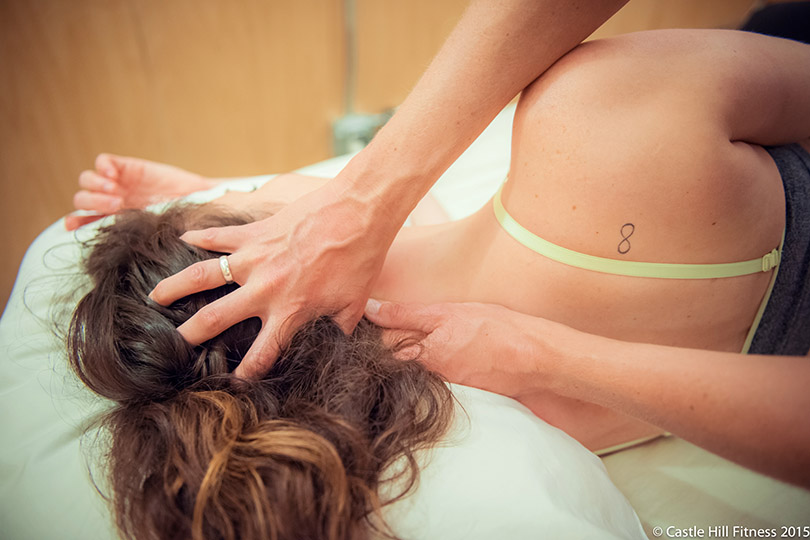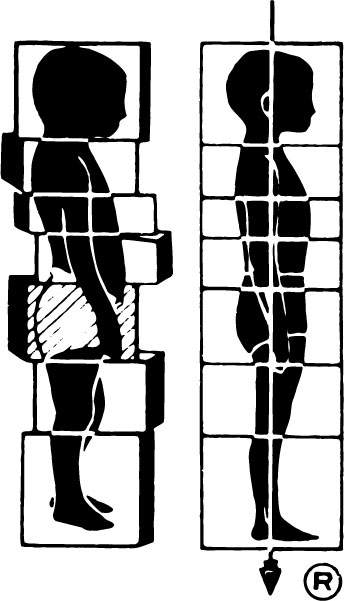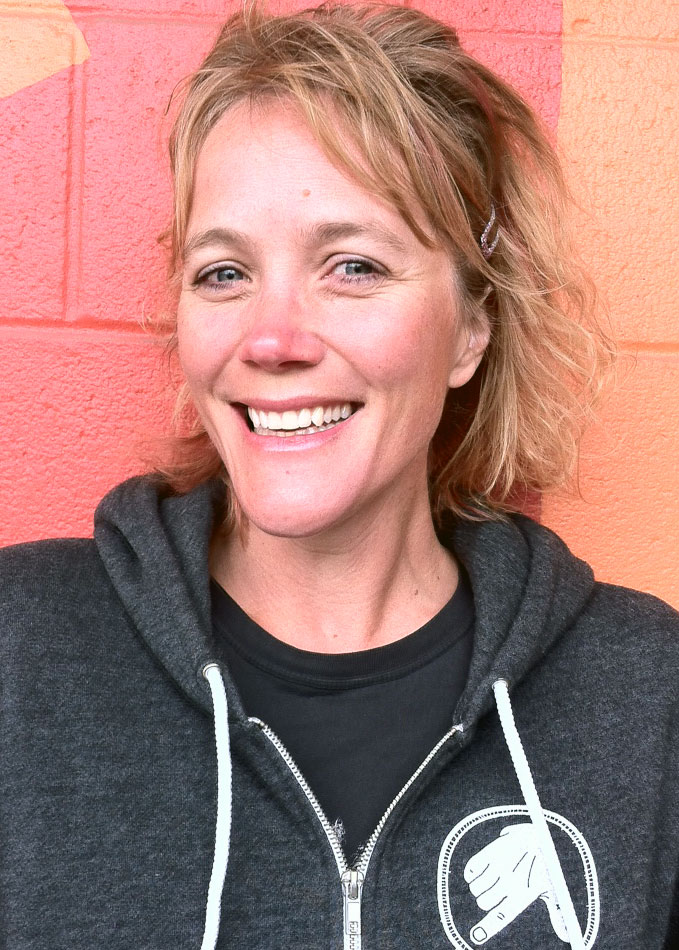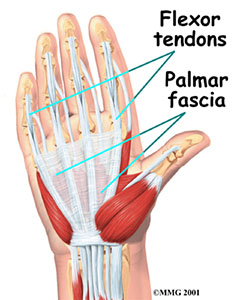
What is Rolfing?
Whenever I mention Rolfing™ to someone, the three responses I most often get are:
1) What is that? 2) Does it hurt? and 3) Isn’t that a form of massage?
It’s not surprising that some people haven’t heard about Rolfing, as there are currently fewer than 2,000 Rolfers in the world. However, this modality is dynamic and growing, as people increasingly discover the positive and lasting benefits of the work.
Rolfing gets its name from its founder, Dr. Ida P. Rolf, a pioneer in many respects; she received her PhD in biochemistry in 1920, and harbored a passion for studying the human body and finding ways to invoke its inherent health. She went on to develop a method of working with the body as a system that is deeply affected by, and dependent upon, gravity. As anyone who has experienced injury, postural difficulty or the effects of aging knows, gravity is a force that can either bear up or drag down the bodily structure according to that structure’s physiological function and alignment–or lack thereof.
Dr. Rolf’s work in biochemistry led to the her certainty that fascia, the pervasive tissue that binds the body together and holds muscles, tendons, ligaments, organs and bones in place, was the medium by which to most profoundly affect posture and structure. She developed a method of working with the fascia that uses manually applied pressure to soften, stretch and manipulate this tissue in a systematic step-by-step process now known as the Ten Series®. Yoga, osteopathy and cranio-sacral therapy, among others, influenced Rolf on her journey toward laying the foundations of her life’s work.
So why would someone seek Rolfing, and what conditions can it help with?
Here are five things Rolfing can do for you:
1) Structural change. We’ve all seen houses in need of repair. If you have any experience with homeownership, or even just living in an old house, you probably know that if the foundation is compromised in some way, then re-hanging the doors will do no good. You can saw off the bottom of that dragging door and re-hang it all you want to, but until the foundation is solid and even, the door will repeatedly sag. It’s the same with the human body: we can keep tinkering with your neck, shoulder, knee, or whatever, only to have it go back to the same old pain; or we can make a plan for body-wide, structural soundness that “rebuilds” the system from the ground up.
2) Flexibility. Are you having trouble getting into that yoga pose that looks so easy for everyone else? Have you noticed that one hip is more “open” than the other, or that your sacrum gets cranky when you sit for too long? Do your joints work like they should, or do you feel restricted? How about those IT bands? Because Rolfing works with the fascial layer to create length, strength and suppleness, it can help with joint pain, inflexibility and postural imbalances. The work is slow, deliberate and gentle (no, not painful), allowing your nervous system to receive maximum benefit from a Rolfing intervention.
 3) Balance. If you’ve ever been camping and set up a tent out in the woods, or even built a fort with your kids, then you know the importance of balance. We rapidly learn that the poles or “skeleton” of the tent/fort is not nearly as important as the nylon/canvas/cotton fabric or “soft tissue” of the structure. If that soft tissue is too tight on one side, the whole thing goes down. That’s the kind of effect you’re fighting against every day, when you try to “keep your shoulders back” or “sit up straight.” You just can’t do it without that fabric being adjusted and balanced so it doesn’t pull your bones off-kilter.
3) Balance. If you’ve ever been camping and set up a tent out in the woods, or even built a fort with your kids, then you know the importance of balance. We rapidly learn that the poles or “skeleton” of the tent/fort is not nearly as important as the nylon/canvas/cotton fabric or “soft tissue” of the structure. If that soft tissue is too tight on one side, the whole thing goes down. That’s the kind of effect you’re fighting against every day, when you try to “keep your shoulders back” or “sit up straight.” You just can’t do it without that fabric being adjusted and balanced so it doesn’t pull your bones off-kilter.
4) Self Awareness. Ever seen old footage of Ginger Rogers and Fred Astaire dancing together “cheek-to-cheek,” tap-dancing, or doing the swing? What a beautiful representation of self-awareness and balance! They are close together but never run into each other; their bodies stretch and glide with ease and joy. That’s a physical representation of self-awareness: knowing where your body is and what it’s doing and how far it will go; knowing your boundaries; being able to “go with the flow.” Walking down the hall at work or at school, running in the park, stretching out on your yoga mat, or just taking a deep, relaxing breath: all these activities become easier when your body is feeling supple, balanced and in control.
5) Freedom from pain. I put this one last because in the grand scheme of things, it is a side-effect of Rolfing and not its only goal. Of course we all want to be free from pain; but Rolfing is not a pill you can take to cure all your aches. It is, however, a terrific way to address the root cause of pain, which is quite often based in restrictions brought on by injury, accident, scar tissue or lifelong postural patterns. Best of all, you don’t have to keep coming back week after month after year. The changes achieved from Rolfing are often lifelong, though many people do choose to get “tune-ups” after finishing their Ten Series, to help them stay in shape.
I should emphasize that this modality is not for people who are seeking only to “relax” after a stressful week. Though Rolfing is ultimately relaxing and invigorating in many ways, it can also feel like hard work. This is one of the many ways that Rolfing is different from massage; the goals of each modality are not the same. Massage seeks to relax the body, loosen tight muscles, drain away toxins and reduce stress. Rolfing, because of its unique and dynamic approach to bodywork, has lasting effects and can be used to address conditions such as sciatica, back pain, sports injuries, TMJ syndrome, whiplash, carpal tunnel syndrome and postural patterns laid down by extreme workouts and daily habits.
*people who should be careful about receiving Rolfing are those who have active cancer and people with inflammatory illnesses such as rheumatoid arthritis. If you have any of these conditions, check with your doctor before undertaking a Rolfing series.
 About Kara B. Imle, Certified Rolfer
About Kara B. Imle, Certified Rolfer
Kara B. Imle is a Certified Rolfer. Her passion lies in helping you unlock your body’s potential to move freely, easily and with more energy and grace. Sciatica, scoliosis, frozen shoulder, neck pain, carpal tunnel, bulging discs, low back pain–she looks at all of these things as challenges we can meet and engage together to get you back in action.
Questions? Email info@castlehillfitness.com.


Thank you Kara for writing this! We appreciate this entry!
Kara thank you for writing this blog. I enjoyed the entire process and reading the finished entry!
Thanks for all your help! It was fun to do, and it’s great to have it out there so people can begin to learn about Rolfing!